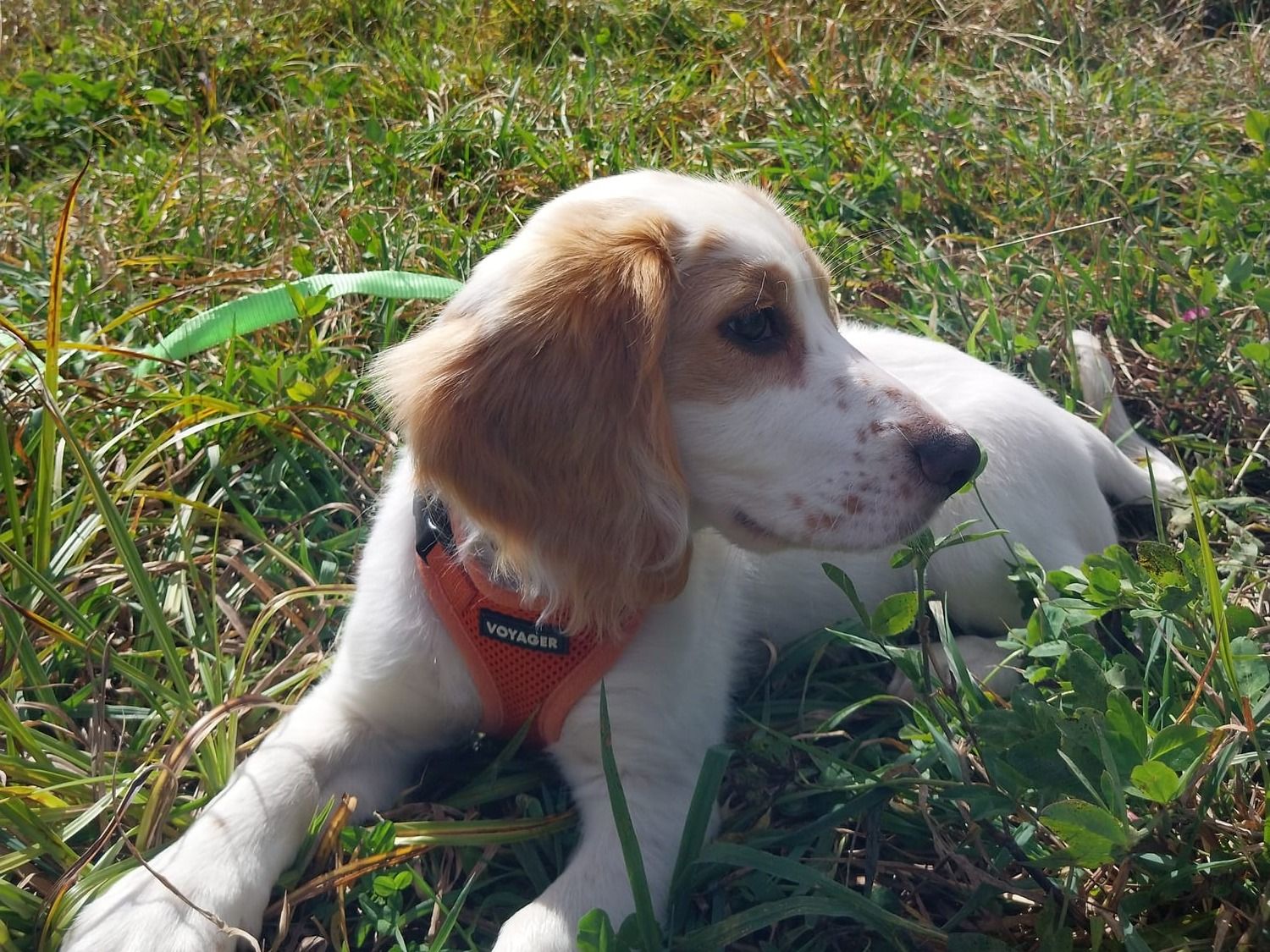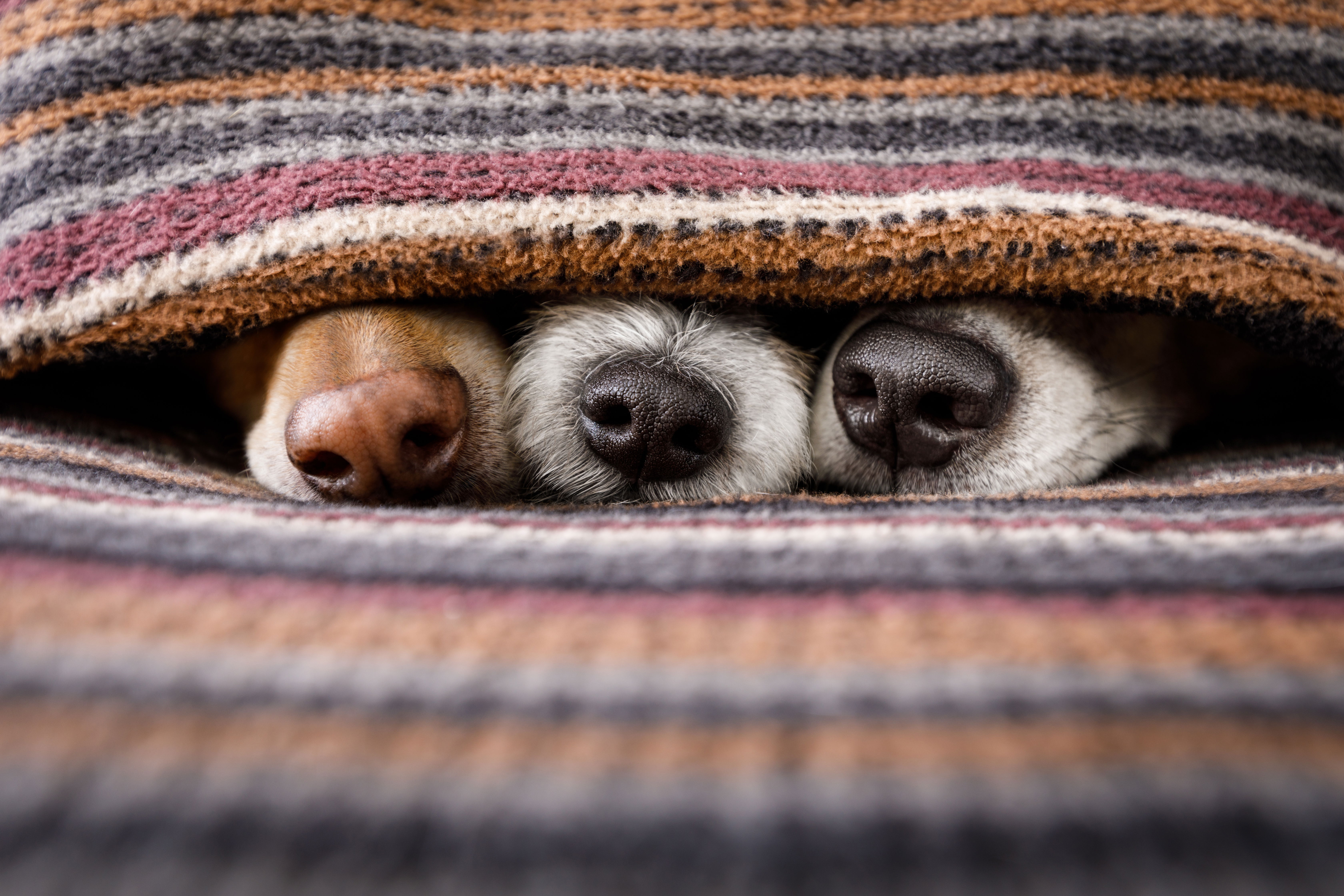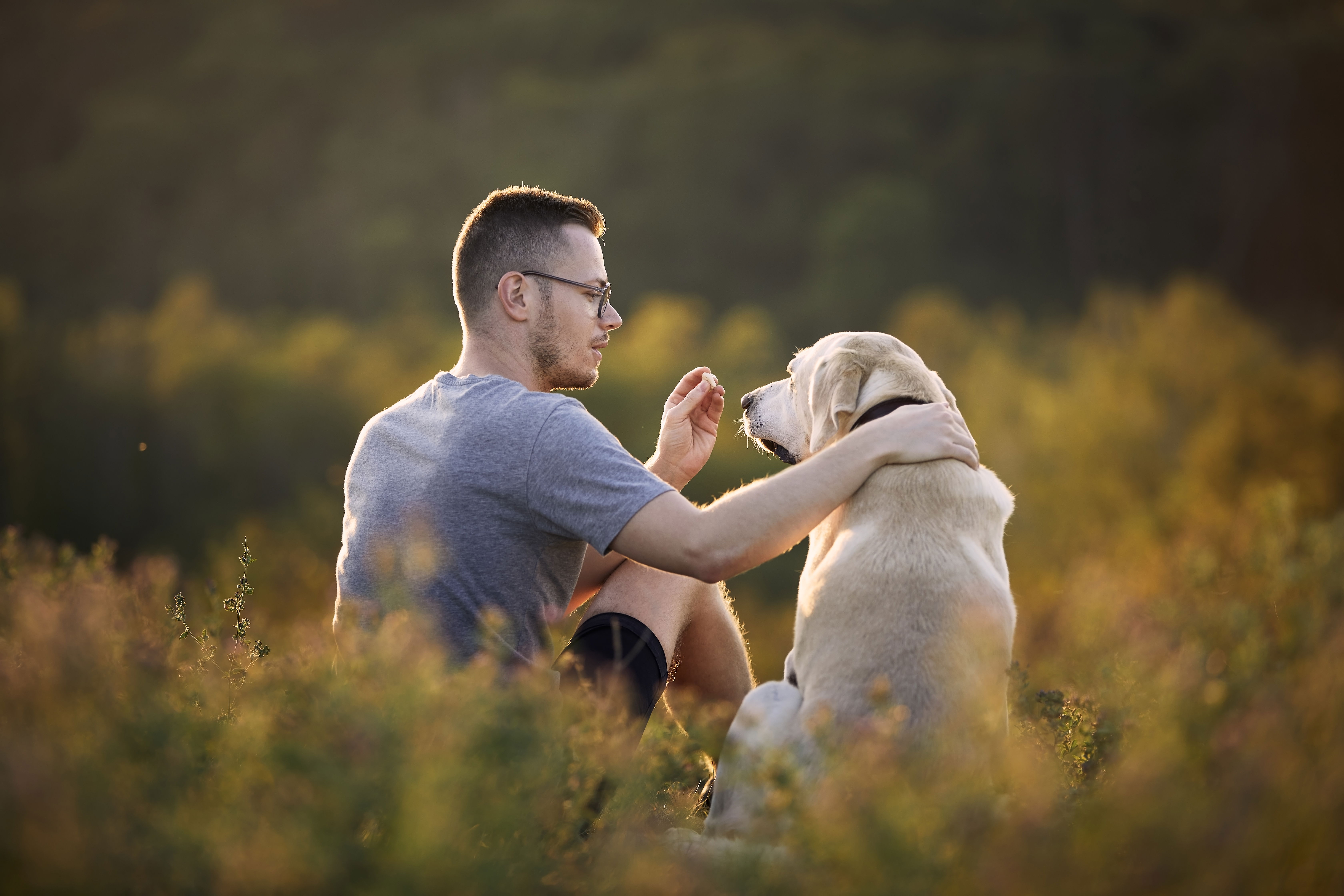Dogs as Wildlife Watching Partners
You’ve probably seen detection dogs searching bags at the for dangerous weapons at the airport. You might have seen dogs looking for drugs or be aware of dogs that illnesses. But, did you know that recently biologists have started using dogs to find important species for conservation work? Around the world and potentially at some conservation land near you, wildlife detection dogs and their handlers are searching for invasive species, endangered species and other data that will be used by biologists for conservation work and research. These dogs and handlers are highly trained and spend hours each week practicing and honing their skills.

Scout is my Working Cocker Spaniel puppy who is in training to help find carnivore scat and other wildlife sign that can help land managers make decisions about management strategies and help determine if important keystone species are present in an environment.
But you and your dogs don’t need to make it your life’s work to benefit from spending time observing and looking for signs of nature. Your dogs (all dogs, really) are natural hunters and trackers and they are amazing at noticing and observing their environments and the signs of living creatures around them.

While we human wildlife watchers are keen to use our eyes to observe nature, our dogs have powerful noses. Forty percent of a dog's brain is dedicated to scent and they have ….. Times the number of scent receptors that humans have. Dogs are also better at hearing sounds from further away and are able to hear frequencies that we can not hear. And because dogs are more “in the moment” and don’t think in words like people, they are far more observant of the environment than we humans are.

As hunting partners and watch dogs, our canines have been helping people find nature since time began. But in the past 50 years or so humans have begun to become more and more disconnected from nature and the outdoors. As the siren song of technology has called us indoors more and more, we have lost touch with our senses and our ability to connect with and notice nature. For thousands of years we have brought our dogs along with us where ever we go. From continent to continent, from campsites, to barnyards, to backyards and finally indoors and into our beds (research reveals that over 45% of dogs sleep on their owners beds). In some ways this is good– most certainly dogs enjoy sleeping on our beds! But in other ways it doesn’t serve our dogs well at all.
As it turns out, this indoor life doesn’t serve humans all that well either. In his book, Last Child in the Woods, Richard Louve coined the term, “Nature Deficit Disorder” to describe the problems children and adults experience as a result of not spending time in nature. Problems such as anxiety, depression, trouble maintaining focus, and even physical problems like near-sightedness. There is a fairly extensive body of research that indicates that, for humans, spending time in nature lowers blood pressure, reduces stress, reduces rates of depression, improves sleep and mood, improves cognitive function and improves a person’s social perceptions and ability to read other people’s body language.

While scientists have not specifically studied the effects of time in nature on the mental, cognitive, social and physical health of dogs, like they have studied humans, it is well known that in the past few decades the incidence of anxiety, aggression and behavior problems in dogs has increased. It’s quite possible that these are linked to the drastic decrease in time spent outdoors that dogs have also experienced in modern times.
“Forest Bathing” or Shinrin yoku is the practice of spending time relaxing and focusing on what your senses notice in nature. Again, there is a lot of research on the mood and cognitive benefits of this practice. When given the chance dogs are masters of sensory perception. For both humans and animals the difference in the sensory experience between the indoors and the outdoors is profound.

Wildlife tracking and observation is almost a form of Shinrin yoku with a purpose. You use your senses to discover and appreciate the animals that have been in a place before you. Wildlife tracking requires more knowledge and training but both involve fully using your senses to embrace and experience the natural world around you. Shinrin yoku has more of a “here and now” focus, while wildlife tracking and sign finding focuses more on the story what come before you. And looking for wildlife signs with your K9 Nature Scout is probably a bit of a mix of both. But any of these nature experiences (Forest Bathing, Wildlife Tracking, Hiking or k9 Nature Scouting) has the potential to open your senses and bring physical, cognitive, and emotional benefits.Over the next few weeks I'll be exploring the benefits, and challenges and other things to know to help you be a responsible wildlife watcher with your pet dog.